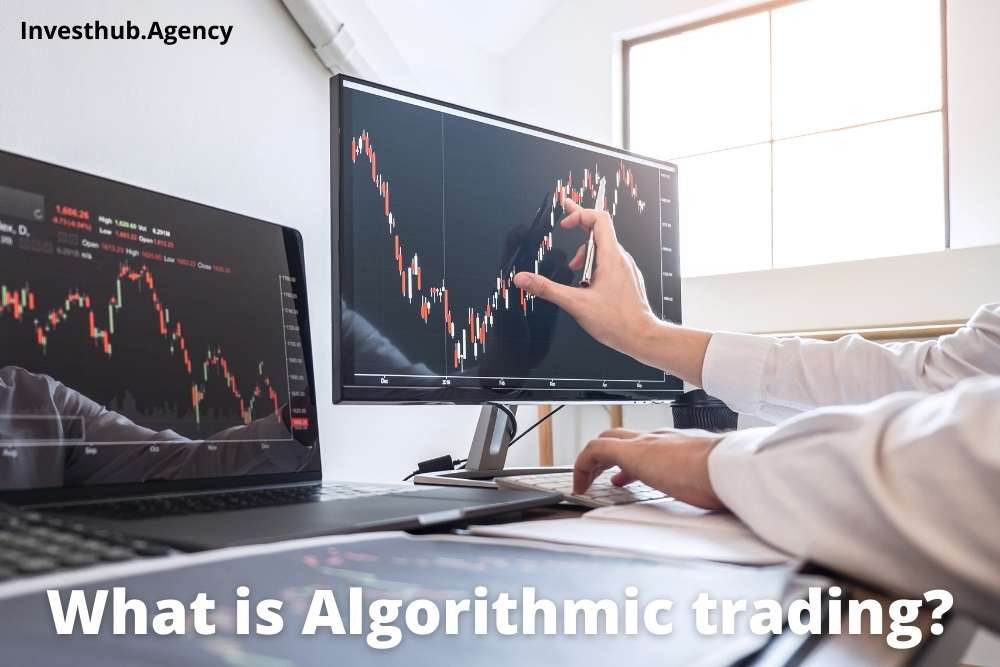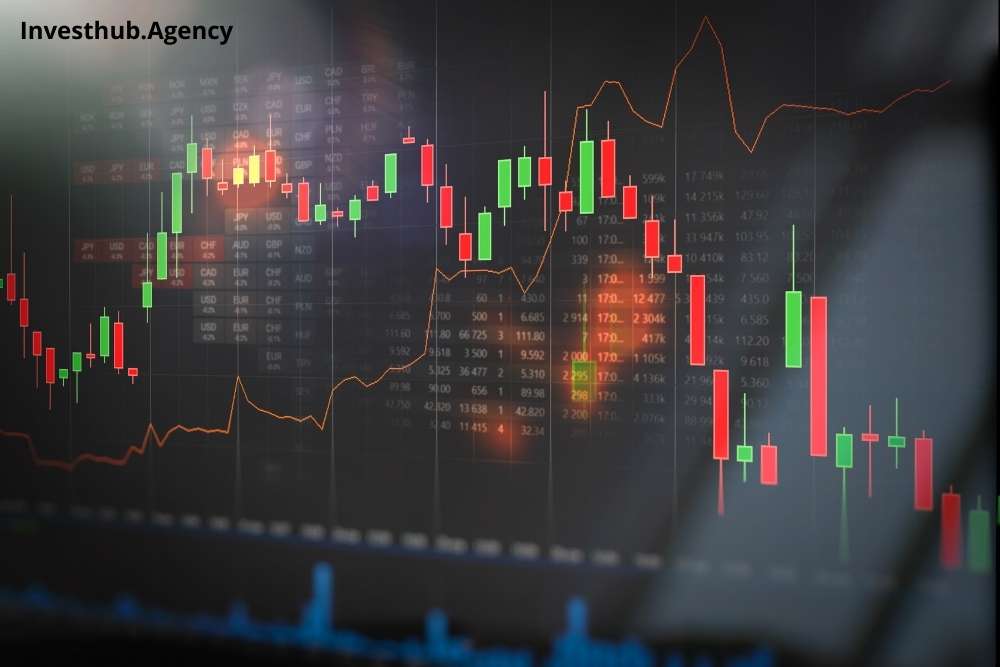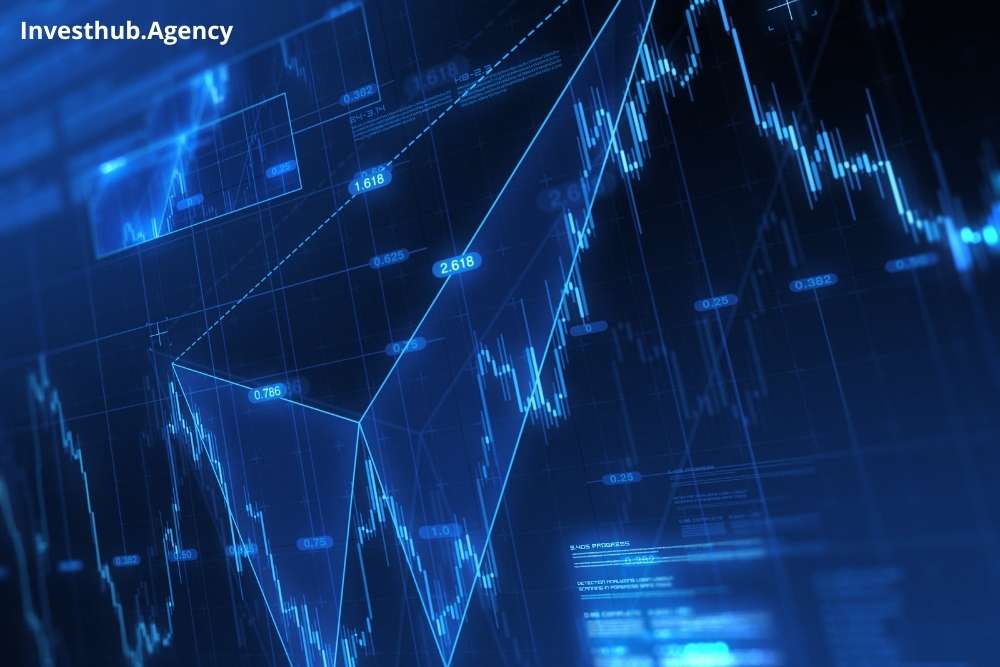Web 3.0 has been the buzzword across the globe for the last few months. Why? Millennials and Gen Zs are quite excited about each service’s digital products and AI-based platforms, from ordering pizza to investing in the global markets. They love technology. And that is also one of the major reasons algorithmic or algo trading is grabbing attention day by day in financial markets.
In this article, we are going to discuss the fascinating tech that drives the settings of your position depending upon the price movements.
What is Algorithmic trading?
Before understanding algorithmic trading, one must know what the algorithm is. An algorithm is a package of instructions to perform a computation or to solve a specific problem. And algorithmic trading is the process of executing trades using computer codes and programming languages on the basis of certain parameters like price movements, time frames, and trading volume.
Similar to other algorithmic operations, algo trading also operates by reading historical patterns. The process consists of matching pre-determined criteria with current market conditions and executing the trade accordingly. And thus, it will save your time to read the price charts and analyze the markets deeply.
All of this, however, is easier said than done. Each trader is aware that he must maintain his composure and focus at all times; nonetheless, traders are frequently influenced by emotional and psychological variables, resulting in choices that should not have been made. With the advancement of technology, these inevitable human faults can now be avoided. Algorithmic trading accomplishes the same goal.
Use of Algorithmic Trading
Algo trading is a cutting-edge trading approach that employs algorithms as a collection of pre-programmed instructions. The system executes these algorithms or instructions in order to produce a specific result. The program receives buy and sell signals, and orders are placed and implemented based on the signals.
Trading as a profession needs a great deal of patience, commitment, and perseverance. Traders must maintain a high level of concentration on their deals and not allow their minds to stray.
Algo trading, also known as algorithmic trading, is a kind of trading in which computer-generated algorithms, rather than humans, execute deals. Trades are made according to a set of pre-determined rules.
Algorithmic trading is very efficient since natural inefficiencies do not influence the processes. Traders do not have to be hooked to their computers at all times. Instead, the system automatically identifies when the predefined criteria are met and delivers buy or sell signals to the trader. As a result, the trader does not have to be involved in the tedious aspects of the process and instead focuses on the crucial phase of strategy building.
- No human error: It trades without allowing emotions to get in the way of making money or minimizing losses.
- Quite profitable in special cases: Act on occasional events, such as a major index dropping 200 points below its 20-day moving average, to gain a competitive advantage.
- Risk management: Use algos to apply stops and limitations on your behalf to maintain your risk management.
- No need for monitoring: It sets up your algorithms and lets them trade according to your preferences.
- Smooth backtesting: Using past data, fine-tune your algorithms to find the greatest mix of purchase and sell characteristics.
- Instant order execution: You can increase your exposure to the underlying market by using automated buy and sell orders.
Algorithmic Trading with Investby
Trading procedures can be called algorithms in the trading program, and variables like time, trade volume, and prices are referenced. The machine, on the other hand, follows the instructions and completes the transaction. As a result, algo trading is extremely precise and well-timed, and free of the majority of human errors.
You can create your own algorithms or utilize off-the-shelf solutions to trade CFDs. At no additional expense, add complex algorithmic techniques to your trade. To combat gaming and reduce signaling, rely on modern technology. Professional client support is available 24 hours a day, from 8 a.m. on Saturday until 10 p.m. on Sunday. Depending on your algorithmic trading preferences, you can choose from a variety of platforms.
Analyze the trading volume and manage your execution with cutting-edge trading tactics.
Pros and Cons of Algorithmic Trading
Pros
- Institutional investors and large brokerage firms mostly utilize algorithmic trading to reduce trading expenses. Algorithmic trading, according to research, is especially useful for big order sizes, which can account for up to 10% of global trading activity. To create liquidity, market makers typically utilize algorithmic trading.
- Exchanges like algorithmic trading because it allows for quick and efficient order execution. Market participants will indeed be able to make money quickly from minor price movements as a result. The scalping trading approach uses algorithms because it involves immediate purchases and sales of securities at small price increments.
- When numerous orders are performed concurrently without human interaction, the speed of order execution, which is advantageous in most cases, might become a problem.
- The speed that algo trading provides is one of its most significant advantages. The algorithms can examine a wide range of characteristics and technical indicators in a fraction of a second and execute trades instantly. The enhanced speed becomes critical since traders may capture price swings as soon as they occur.
- Another key advantage of algorithmic trading is that it requires very little human participation. As a result, the odds of making a mistake are significantly reduced. Human errors do not affect the algorithms, which have been double-checked and triple-checked. It is conceivable for a trader to make a mistake and improperly assess technical indications, but, in ideal conditions, computer systems do not make such errors. As a result, the deals are conducted as precisely as possible.
- Algorithmic trading allows enormous quantities of trade to be executed in a short amount of time. Multiple trades are processed as a result, and transaction costs are decreased.
While algorithmic trading has benefits like faster execution and lower costs, it can also accentuate the market’s bearish inclinations by triggering flash crashes and immediate liquidity loss.
Cons
- The greatest disadvantage of algo trading is its utter reliance on technology. In many circumstances, trading orders are stored on the computer rather than on the server.
- Algorithm trading necessitates the creation of algorithms by the traders. Not every investor has a technical background.
- It is quite likely that the techniques devised on paper will not be useful and effective when used in live trading.
Steps to be followed for Algo Trading
The following are the steps to take when trading algorithms:
Build the right approach: Having a suitable strategy in place is the most important phase in algo trading. The efficiency of the process has a big impact on whether a trade will win or lose. Traders can use traditional methods such as mean reversal or arbitrage or create a strategy tailored to their needs.
Automate the Algorithm: The developed strategy must next be converted into an algorithm. After then, the algorithm is automated and certified by authorities. Finally, it’s time to put the strategy into action when it’s been approved by the exchange and other regulatory bodies.
Get familiar with the trading platform: A sophisticated trading program is another important necessity for algo trading. Traders can either create their own software or purchase pre-built software such as MetaTrader, Tradestation, Presto ATS, and more.
Execution: The difficult part is practically over after the strategy is developed, the algorithm is automated, and the infrastructure is put up. After that, the trader merely needs to wait for and respond to trading signals supplied by the algorithm.
Levels in Algo Trading
Human intervention can be minimized or eliminated entirely in the algorithms. Zero-touch algorithms are what they’re called. These algorithms are pre-programmed into the trading software, and transactions are placed as soon as an opportunity presents itself. The entire process happens in just a blink of an eye, with no human interaction or control.
The other type of algo trading, on the other hand, requires more human intervention. It’s known as Application Programming Interfaces (APIs). The traders in this situation choose the approach they want to use in a scenario. The program is then told what to do, and the trade is carried out based on the data provided by the API.
Best Algorithmic Trading Platform
MT4 is a tried-and-true trading platform with a strong user community that is constantly developing and refining trading algorithms. These can be found on the MT4 marketplace, covering a broad choice of ready-to-use solutions.
When you use our MT4 service, you’ll get some of the most popular indicators and add-ons for free. These can assist you with chart analysis and fully modify the MT4 platform to meet your specific requirements.
MetaTrader 4 (MT4) is a MetaQuotes trading platform released in 2005. MetaTrader 4 can be used to trade a variety of markets via CFDs, including forex, shares, indices, cryptocurrencies, and commodities; however, it is most usually linked with FX trading.
As it is highly customizable and intuitive to your specific trading preferences, MT4 is immensely popular. However, it could also be utilized to automate your trading by employing algorithms that open and terminate deals on your behalf based on a set of pre-determined parameters.
Bottom Line
Algorithmic trading is a very effective and efficient way to trade. It provides several advantages over traditional trading strategies. The essential benefit of algo trading is that it helps to eliminate the impact of emotions on trades. Emotions have a negative effect on the trading process. Traders may grow eager for gains or fearful of losses, leading to unintended decisions. Algorithmic trading reduces the subjective aspects of trading and ensures objective decision-making.
At the same time, algo trading aids in enhancing market quality. Markets grow more diversified, with increased volumes and liquidity. The entire procedure is made more efficient, systematic, and disciplined.
On the other hand, algorithmic trading has its own set of disadvantages. The costs of automating techniques, designing algorithms, and developing trading software, as well as the infrastructure needs, are considerable. As a result, brokers who support automated trading have a higher capital requirement.


